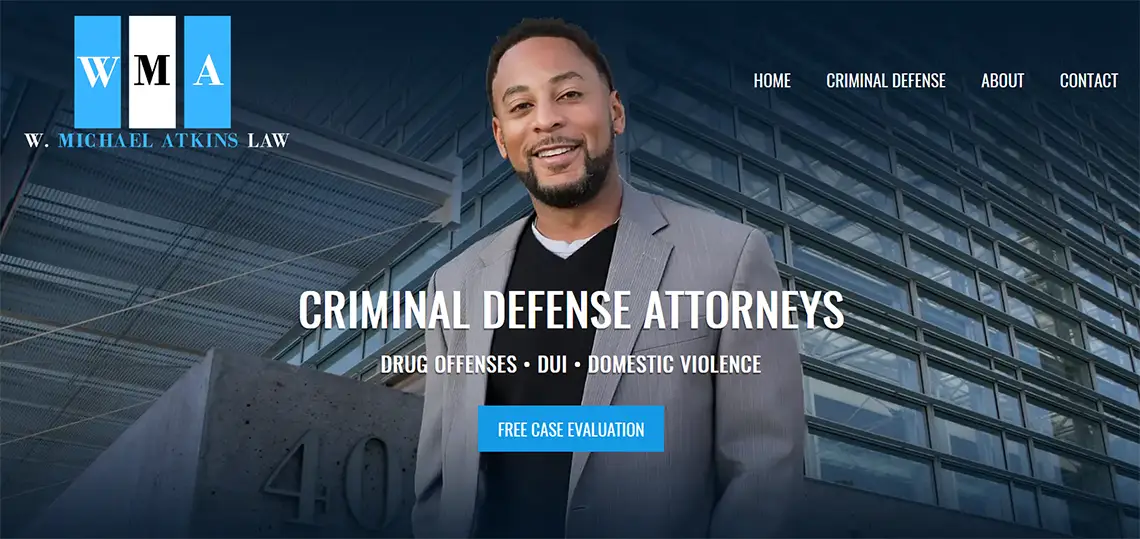
As a website owner, we would ideally like all of our visitors to find our website content so compelling and relevant, that they take some sort of desired action. This could be something as simple as clicking on a call-to-action, or a more involved task, such as completing and submitting an online job application form.
Examples of Website Conversions
• Buying a product
• Subscribing to a mailing List
• Downloading a form
• Scheduling an appointment
• Tapping on a phone number (from a mobile phone)
• Clicking on an email link
• Completing and submitting any type of online form
• Subscribing to a product notification
Thus, one of the goals of the web designer, should be to create a web design that maximizes conversions. In other words, a web design should be geared towards increasing the conversion rate, often referred to as conversion rate optimization. This is where UX Design comes into play.
What is a Conversion Rate?

A conversion rate is simply the number of website visitors who have taken a desired action relative to the total number of website visitors.
For example, suppose you have found that during the last 30 days, you had 100 visitors to your website, and of those, 5 visitors completed and submitted your website contact form. That means that your conversion rate would be 5%. To the average person, a 5% capture rate may not sound very impressive, but in the world of web marketing, a conversion rate in the 2-5% range, is actually considered to be quite good.
Why are Conversion Rates Important?
Conversion rates are important because they give us a way to measure/quantify the effectiveness of our website, as a business marketing tool.
Now, suppose you had 5 out of a 1,000 visitors, click on a “Learn More” button for your featured product or service. That would give you a 0.5% conversion rate.
This could mean that your website visitors are either not interested in your featured product, or you did not make the call-to-action about it, compelling enough for them to want to find out more. Either way, the conversion rate gives you some valuable insight as to what and how you should be marketing the products, or services, on your website.
How You can Improve your Conversion Rate

No matter what your conversion rate is at the moment, there is always room for improvement.
Here are a few things you can do to possibly boost your website conversion rate.
Create More Compelling Calls-to-Action
Using more compelling language in your calls-to-action can increase your conversion rates. For example, use of phrases such as “Buy Now”, “Get Started Today” or “Yes, I’d Like to Save 10%” can motivate website visitors to act immediately.
Add Customer Testimonials and Reviews
Studies have shown that most people find customer reviews credible. Therefore, you may want to consider adding some customer testimonials to certain pages, such as your home page or on the products page, in your eCommerce store.
Place Important CTAs Above the Fold

Reports indicate that website visitors spend up to 60% of their time above the fold. Therefore, to improve conversions, you should probably put your most compelling call-to-action, above the fold. In the above screenshot of a law firm website, the “Free Case Evaluation” button would be the call-to-action that appears above the fold.
Remove Distractions
Getting rid of unnecessary information and clutter within your website’s pages that can distract visitors should be a top priority ifo, if your goal is to increase your conversion rates. That said, it is best to focus on putting content and calls-to-action that are relevant to your visitors, such that it motivates them to convert.
Add Incentives
Who does not like to save money or get a special deal on something we purchase? Or perhaps you offer something of value in return for a visitor providing their contact information. Whether is is 10% off a first order, or a chance to win a free iPhone when visitors provide their name and email address, incentives can definitely increase conversion rates.